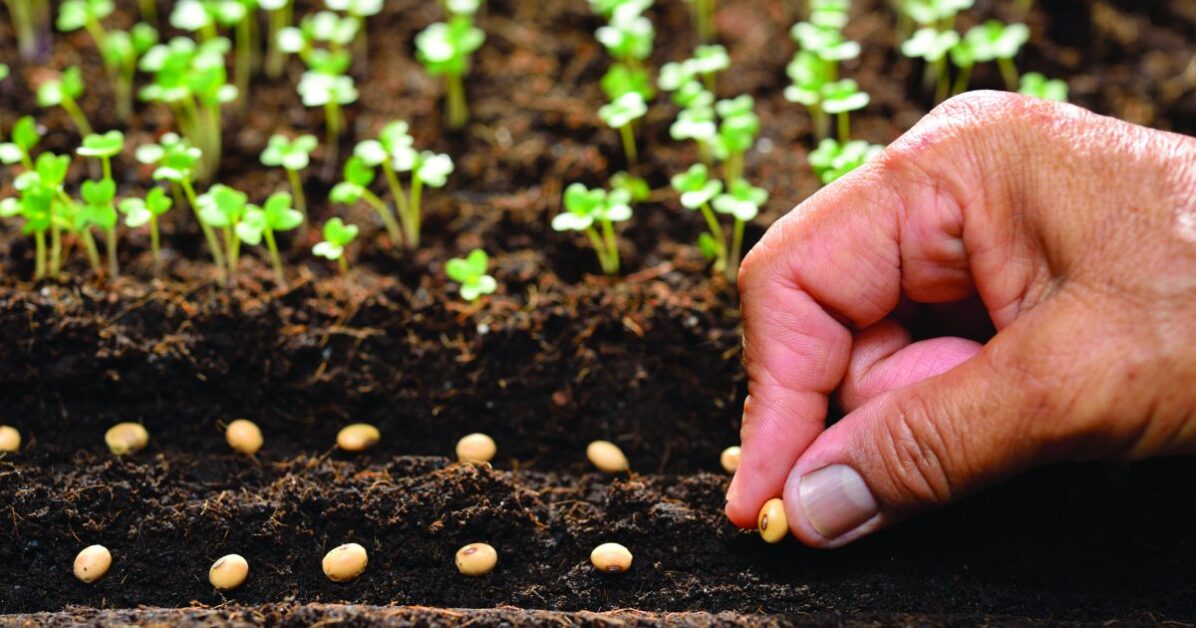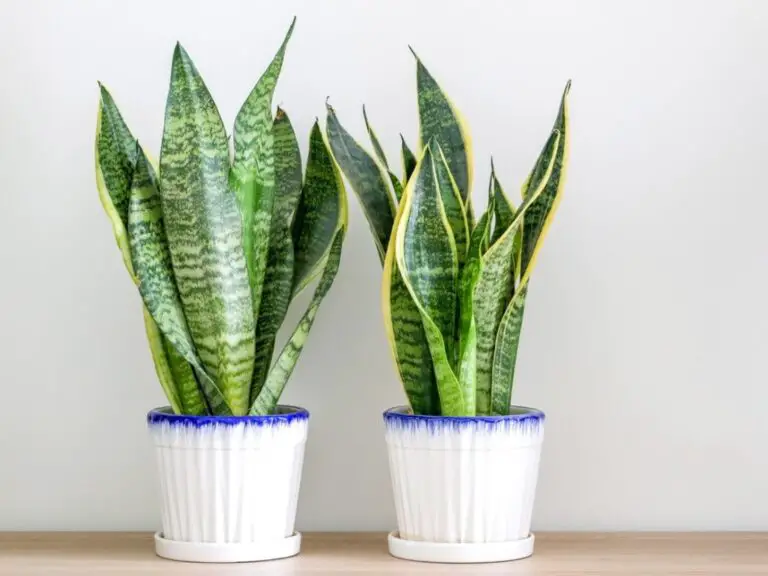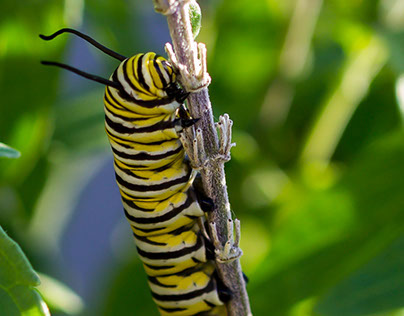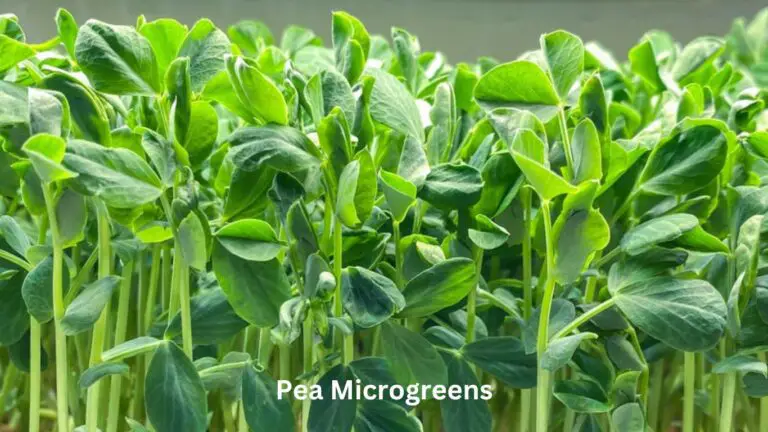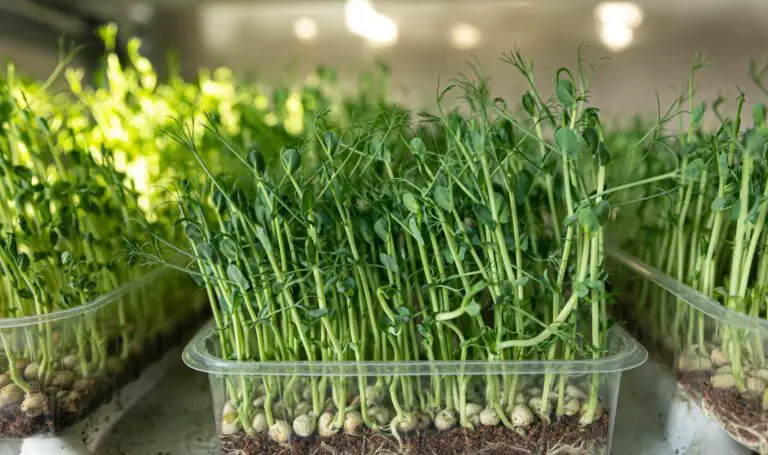Seed Planting Guide: Quantity Per Hole, Pot, or Cell?
Table of Contents
Seed Planting Guide: Quantity Per Hole, Pot, or Cell?

Understanding the appropriate quantity of seeds to plant in each hole, pot, or cell is essential for successful gardening. Here are some unique FAQs based on information not previously discussed in the article:
1. How can I determine the optimal number of seeds for each planting space?
To determine the appropriate quantity, it is crucial to consider the specific germination rates of the seeds you are sowing. Additionally, understanding the space requirements and recommended spacing for each plant is important. This will ensure that the plants have enough room to grow without competing for essential resources.
2. Is there a risk of overcrowding seedlings if I plant too many seeds in a small space?
Yes, planting too many seeds in a small space can lead to overcrowding and hinder the overall growth of the seedlings. It is important to account for the plant competition for nutrients, sunlight, and water when determining the quantity of seeds to plant. Overcrowding can result in stunted growth and poor crop yields, so it is advisable to create an ideal balance between the number of seeds and the available space in the container or planting area.
Remember, it is essential to consider factors such as seed viability, spacing requirements, and container size to determine the appropriate quantity of seeds to plant in each hole, pot, or cell. By carefully evaluating these factors, you can ensure optimal growth and maximize your gardening efforts.
Determining the appropriate quantity of seeds to plant in each hole, pot, or cell is crucial for successful gardening. Here is a comprehensive guide to help you make the right choices:
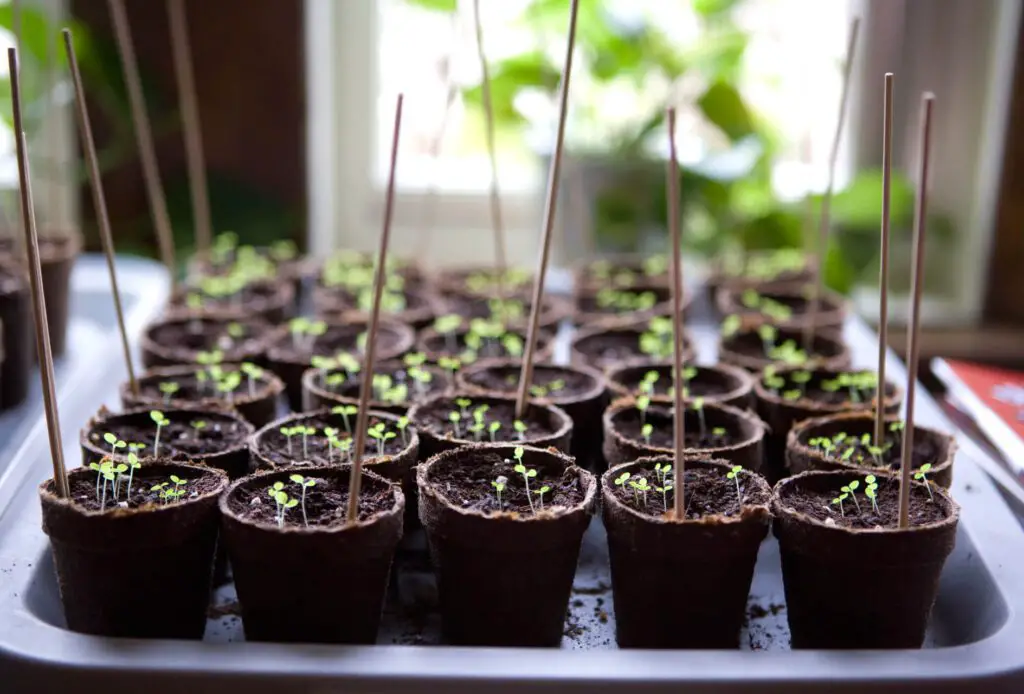
Before planting seeds in each hole, pot, or cell, it is essential to determine the appropriate quantity for successful gardening. This decision plays a significant role in the growth and development of your plants. Here is a comprehensive guide to help you make informed choices when it comes to seed quantity.
Understanding the germination rates of different seeds is crucial. Each seed has its own germination rate, which refers to the time it takes for a seed to sprout and grow into a seedling. Familiarize yourself with the specific germination rates of the seeds you plan to sow. This information will help you gauge the number of seeds you need to plant to ensure a successful germination process. Consider factors such as the viability of the seeds and any instructions provided on the seed packet.
It is also important to consider the space requirements of each plant. Some plants need more space to grow than others. Research the recommended spacing for each plant to provide them with adequate room for healthy growth. Overcrowding can result in stunted growth and poor crop yields. By giving each plant sufficient space, you can optimize their access to nutrients, sunlight, and water, leading to healthier and more abundant harvests.
1. Understanding seed germination rates: Different seeds have different germination rates. Familiarize yourself with the germination rate of the specific seeds you plan to sow.
There may be some confusion regarding the germination rates of different seeds. It is important to understand that each seed has its own unique germination rate. To ensure successful gardening, it is crucial to familiarize yourself with the specific germination rate of the seeds you plan to sow. This knowledge will help you determine the ideal quantity of seeds to plant, allowing for proper growth and development.
Frequently Asked Question: Are there any general guidelines for determining seed germination rates?
While it is true that different seeds have varying germination rates, there are some general guidelines that can provide a starting point. Typically, seeds with higher germination rates can be planted in larger quantities, as the chances of successful sprouting are greater. On the other hand, seeds with lower germination rates may require more careful consideration to ensure optimal results. However, it is always best to consult the specific instructions and recommendations provided by the seed supplier or a trusted gardening resource for accurate information tailored to the seeds you intend to sow.
| Plant Species | Average Germination Time | Optimal Germination Temperature | Recommended Germination Medium |
|---|---|---|---|
| Tomato (Solanum lycopersicum) | 5-10 days | 70°F to 85°F (21°C to 29°C) | Seed Starting Mix or Coconut Coir |
| Lettuce (Lactuca sativa) | 5-10 days | 55°F to 75°F (13°C to 24°C) | Seed Starting Mix or Paper Towel |
| Cucumber (Cucumis sativus) | 7-14 days | 75°F to 85°F (24°C to 29°C) | Seed Starting Mix or Vermiculite |
| Carrot (Daucus carota) | 10-14 days | 55°F to 75°F (13°C to 24°C) | Seed Starting Mix or Sand |
| Pepper (Capsicum annuum) | 10-14 days | 70°F to 85°F (21°C to 29°C) | Seed Starting Mix or Coconut Coir |
| Basil (Ocimum basilicum) | 5-10 days | 70°F to 75°F (21°C to 24°C) | Seed Starting Mix or Coconut Coir |
| Broccoli (Brassica oleracea) | 5-10 days | 60°F to 75°F (15°C to 24°C) | Seed Starting Mix or Paper Towel |
| Sunflower (Helianthus annuus) | 7-14 days | 70°F to 85°F (21°C to 29°C) | Seed Starting Mix or Vermiculite |
| Spinach (Spinacia oleracea) | 7-14 days | 50°F to 75°F (10°C to 24°C) | Seed Starting Mix or Paper Towel |
| Zinnia (Zinnia elegans) | 7-14 days | 70°F to 75°F (21°C to 24°C) | Seed Starting Mix or Vermiculite |
Note: Germination rates can vary based on factors such as seed quality, environmental conditions, and germination methods. These are general guidelines, and specific requirements may differ for different varieties within each plant species.
2. Considering the space requirements: Some plants need more space to grow than others. Research the recommended spacing for each plant to ensure optimal growth.
Spacing is a crucial factor to consider when deciding how many seeds to plant in each hole, pot, or cell. Some plants require more space to grow than others, and failing to provide adequate spacing can hinder their optimal growth. In order to ensure successful gardening, it is important to research the recommended spacing for each plant.
By researching the recommended spacing, you can provide enough room for each plant to develop its roots, foliage, and ultimately, produce bountiful yields. Different plants have varying space requirements based on their size, growth habit, and root system. For instance, larger plants like tomatoes or squash may need more space between them compared to smaller plants such as lettuce or radishes. Understanding and adhering to these spacing guidelines will not only prevent overcrowding but also facilitate proper air circulation, reduce competition for nutrients, and enable each plant to receive adequate sunlight and water.
| Plant Species | Recommended Seed Spacing | Recommended Row Spacing | Planting Depth |
|---|---|---|---|
| Lettuce (Lactuca sativa) | 1 to 2 inches (2.5 to 5 cm) | 12 to 18 inches (30 to 45 cm) | 1/4 to 1/2 inch (0.6 to 1.3 cm) |
| Carrot (Daucus carota) | 1 to 2 inches (2.5 to 5 cm) | 12 to 24 inches (30 to 60 cm) | 1/4 to 1/2 inch (0.6 to 1.3 cm) |
| Tomato (Solanum lycopersicum) | 1/2 to 1 inch (1.3 to 2.5 cm) | 24 to 36 inches (60 to 91 cm) | 1/4 to 1/2 inch (0.6 to 1.3 cm) |
| Cucumber (Cucumis sativus) | 1 to 2 inches (2.5 to 5 cm) | 36 to 48 inches (91 to 122 cm) | 1/2 to 1 inch (1.3 to 2.5 cm) |
| Pepper (Capsicum annuum) | 1/4 to 1/2 inch (0.6 to 1.3 cm) | 18 to 24 inches (45 to 60 cm) | 1/4 to 1/2 inch (0.6 to 1.3 cm) |
| Broccoli (Brassica oleracea) | 1/4 to 1/2 inch (0.6 to 1.3 cm) | 18 to 24 inches (45 to 60 cm) | 1/4 to 1/2 inch (0.6 to 1.3 cm) |
| Sunflower (Helianthus annuus) | 4 to 6 inches (10 to 15 cm) | 18 to 24 inches (45 to 60 cm) | 1 to 1.5 inches (2.5 to 3.8 cm) |
| Spinach (Spinacia oleracea) | 1 to 2 inches (2.5 to 5 cm) | 12 to 18 inches (30 to 45 cm) | 1/2 to 1 inch (1.3 to 2.5 cm) |
| Zinnia (Zinnia elegans) | 6 to 12 inches (15 to 30 cm) | 12 to 18 inches (30 to 45 cm) | Surface Sow |
Note: The recommended spacing and planting depth may vary depending on the specific variety of each plant species and local growing conditions. Adjustments may be needed based on factors like soil fertility, climate, and intended harvesting methods.
3. Evaluating the size of the planting container: The size of the container directly affects the number of seeds you should sow. Determine the appropriate quantity based on the container’s dimensions.
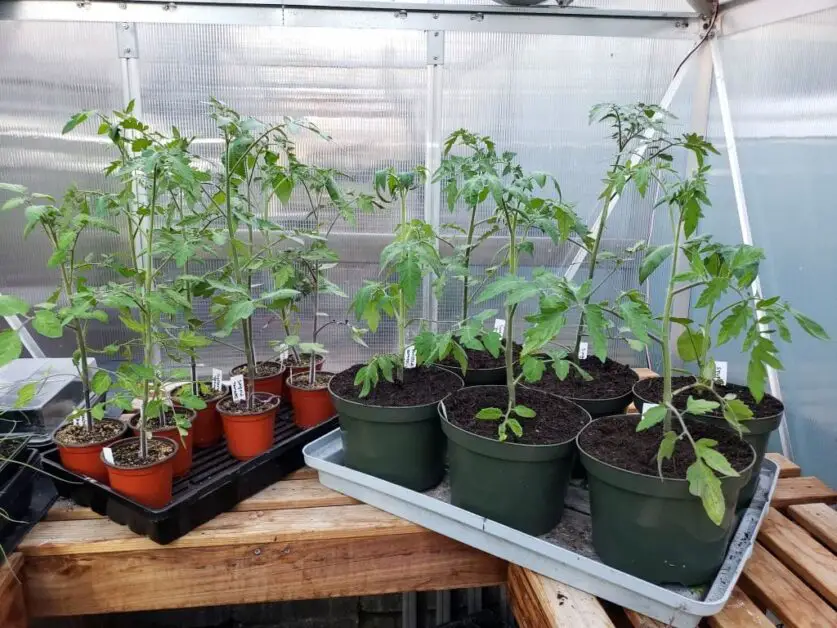
When evaluating the size of your planting container, it’s important to consider the dimensions to determine the appropriate quantity of seeds to sow. The size of the container directly affects the space available for each plant to grow and thrive. By understanding the container’s dimensions, you can ensure that you plant the ideal number of seeds for optimal growth.
One frequently asked question is, “How do I determine the number of seeds to sow in a small container?” In this case, the limited space requires strategic planning. Take into account the recommended spacing for each plant and consider the potential size it will reach at maturity. By understanding the dimensions of the container, you can calculate how many seeds to sow so that the plants have sufficient room to grow without overcrowding each other. Keep in mind that overcrowding can lead to competition for resources and hinder the overall growth of your plants.
| Plant Species | Recommended Container Size | Depth of Container |
|---|---|---|
| Lettuce (Lactuca sativa) | Small to Medium (4 to 6 inches) | 2 to 3 inches |
| Carrot (Daucus carota) | Deep (12 inches or more) | 8 to 10 inches |
| Tomato (Solanum lycopersicum) | Large (5 gallons or more) | 10 to 12 inches |
| Cucumber (Cucumis sativus) | Large (5 gallons or more) | 12 inches or more |
| Pepper (Capsicum annuum) | Medium to Large (3 to 5 gallons) | 8 to 10 inches |
| Broccoli (Brassica oleracea) | Medium (3 to 5 gallons) | 8 to 10 inches |
| Sunflower (Helianthus annuus) | Large (5 gallons or more) | 12 to 18 inches |
| Spinach (Spinacia oleracea) | Small to Medium (4 to 6 inches) | 2 to 3 inches |
| Zinnia (Zinnia elegans) | Small to Medium (4 to 6 inches) | Surface Sow |
Note: Container sizes are approximate recommendations, and actual requirements may vary based on the specific variety of each plant species, root system development, and local growing conditions. Ensure containers have adequate drainage to prevent waterlogging.
4. Accounting for plant competition: Overcrowding can lead to stunted growth and poor crop yields. Consider the competition for nutrients, sunlight, and water when determining the quantity of seeds to plant.

Plant competition is an important factor to consider when determining the quantity of seeds to plant in each hole, pot, or cell. Overcrowding can have detrimental effects on the growth and yield of your crops. When plants are too close together, they have to compete for vital resources such as nutrients, sunlight, and water. This competition can lead to stunted growth and poor overall crop performance.
To prevent plant competition, it is crucial to research the recommended spacing for each plant. Different plants require different amounts of space to grow and thrive. By providing the appropriate amount of space between each seed, you can ensure that they have sufficient access to the resources they need to flourish. Taking into account factors like plant size and the extent to which they spread their roots will help you determine the optimal quantity of seeds for each hole, pot, or cell. By carefully considering plant competition, you can maximize crop productivity and ensure healthy growth.
5. Factoring in the seed viability: The viability of seeds can vary. Take into account the percentage of viable seeds when deciding on the quantity to sow.
When it comes to deciding how many seeds to sow, it’s important to factor in the viability of the seeds. Seed viability refers to the percentage of seeds that are capable of germinating and producing healthy plants. Every seed has a different viability rate, which can range from 50% to 100%.
Considering the seed viability is crucial because it directly affects the success of your gardening endeavors. If you sow a larger quantity of seeds with a lower viability rate, you may end up with fewer healthy seedlings. On the other hand, if you sow a smaller quantity of seeds with a higher viability rate, you have a better chance of having a higher number of successful seedlings. So, take the time to research and understand the viability rate of the seeds you plan to sow and adjust the quantity accordingly for a greater chance of success in your gardening endeavors.
6. Recognizing the risk of seedling overcrowding: Planting too many seeds in a small space can result in overcrowded seedlings
Planting too many seeds in a small space can have detrimental effects on your seedlings. Overcrowding can lead to competition for vital resources such as nutrients, sunlight, and water. This can result in stunted growth, weakened plants, and poor crop yields. It is essential to recognize the risk of seedling overcrowding and take steps to avoid it.
To prevent overcrowding, it is important to follow the recommended spacing guidelines for each plant. Research the specific spacing requirements for the seeds you are sowing and ensure that you provide enough room for each seedling to grow and thrive. By giving each plant adequate space, you allow them to access the resources they need without having to fight for them. This will promote healthy growth and increase the chances of a successful garden.
Why is it important to determine the appropriate quantity of seeds to plant in each hole, pot, or cell?
Determining the appropriate quantity of seeds is crucial for successful gardening as overcrowded seedlings can result in stunted growth and poor crop yields.
How can I understand the germination rates of different seeds?
Different seeds have different germination rates. To understand the germination rates of specific seeds, it is recommended to familiarize yourself with the information provided by seed suppliers or conduct research on reliable gardening resources.
Why is it important to research the recommended spacing for each plant?
Researching the recommended spacing for each plant is important because some plants need more space to grow than others. Providing enough space ensures optimal growth and development of plants.
How does the size of the planting container affect the number of seeds to sow?
The size of the planting container directly affects the number of seeds you should sow. Larger containers allow for more seeds, while smaller containers may require fewer seeds to avoid overcrowding.
What should I consider when accounting for plant competition?
When determining the quantity of seeds to plant, it is important to consider the competition for nutrients, sunlight, and water among the plants. Overcrowding can lead to limited access to these essential resources and negatively impact plant growth.
What does seed viability refer to?
Seed viability refers to the likelihood of seeds germinating and growing into healthy plants. It is important to take into account the percentage of viable seeds when deciding on the quantity to sow.
What are the risks of seedling overcrowding?
Planting too many seeds in a small space can result in overcrowded seedlings. This can lead to stunted growth, increased susceptibility to diseases, and reduced crop yields. It is important to avoid overcrowding for optimal plant growth.

